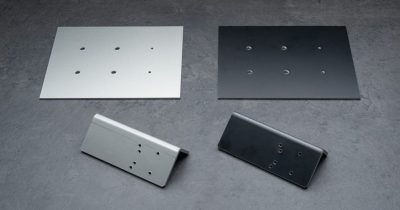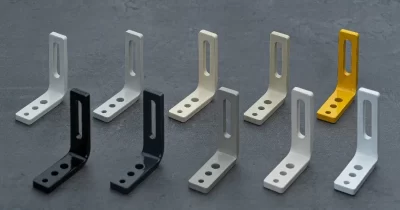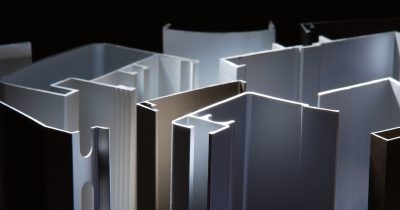What is Milling?
― Everything You Need to Know
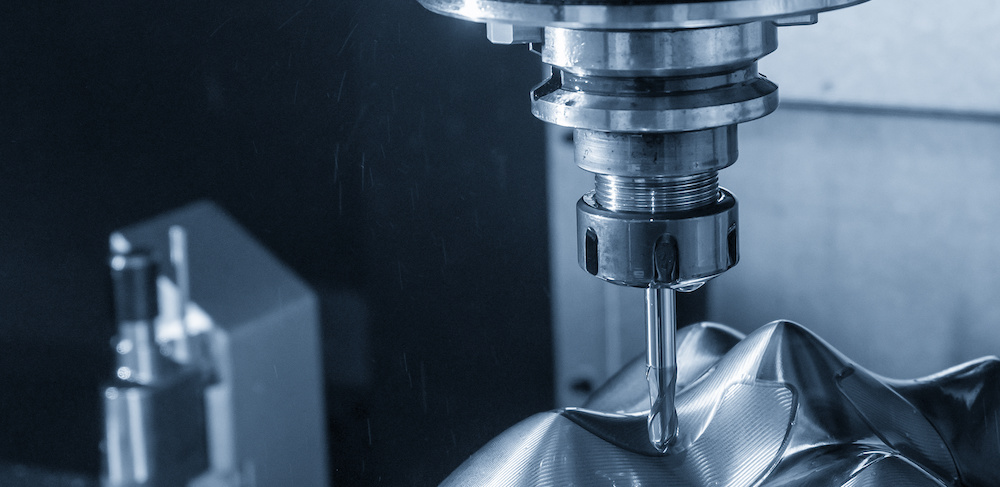
Milling is a type of machining process used to create various mechanical components made of materials such as plastic and metal. This method yields highly accurate finished products, thanks to the precision tools involved in the manufacturing process.
In this article, we will cover the types of machines used in milling, the different tools utilized, and the array of shapes that can be achieved through this process.
Table of Contents
What is Milling?
Milling is a machining process that involves cutting tools, known as milling cutters, which rotate at high speeds to cut into a workpiece secured to a worktable. By using different cutting tools, milling can produce a wide range of shapes, including flat and curved surfaces, drilled holes, and grooves.
This process can create complex shapes due to its three-dimensional movement capability. The milling cutters move vertically, while the worktable holding the workpiece slides horizontally. However, the ability to machine specific shapes depends on the milling machine used, making the choice of the right machine crucial.
Milling machines come in two main types: Vertical Milling Machine has a spindle perpendicular to the worktable, and it is the most common type of milling machine. Horizontal Milling Machine has a spindle parallel to the worktable’s surface.
Key Machines Used in Milling
Various machines are employed in milling, each offering unique manufacturing capabilities. Let us explore some key milling machines.
Universal Milling Machine
This machine features a milling table where operators manually attach cutting tools and control the process by hand. The quality of the output largely depends on the operator’s skill and experience. In the hands of a skilled professional, it can produce precise and high-quality results, making it ideal for complex shapes, prototypes, and high-precision tasks.
Numerical Control Milling Machine
The numerical control (NC) milling machine is computer-controlled, allowing operators to set processing conditions numerically. This machine significantly reduces output quality variations compared to the manual adjustments required in universal milling machines, enhancing both the quality and speed of the process.
Machining Center
The machining center is a type of milling machine that supports not only NC but also automatic tool changes. It was improved to hold multiple tools simultaneously, allowing for automatic tool changes and significantly improving work efficiency. Numerical control is still evolving, enabling complex, high-precision machining.
This machine is our primary tool at meviy for manufacturing milled parts, ensuring top quality for our customers.
Numerical Control Gear Cutting Machine
This machine specializes in gear processing, using a dedicated cutting tool called a “hob” to machine the gears. Gears are complex and require high precision, and NC gear-cutting machines facilitate easy adjustments for the number of teeth and automatic hobbing, making them perfect for efficient and precise gear production.
Types of Milling Tools
The core element of milling precision comes down to the tools used. Depending on the required final components, various tools can be selected, each with specific functions. Let us look at four typical tool features.
Face Milling Cutter
The face milling cutter has multiple blades around the edge of a circle, achieving flat surfaces by rotating parallel to the workpiece. This cutter is efficient for removing material over a large area and enables high-precision flat surface machining. Primarily used with vertical milling machines, it is the most common milling tool.
End Mill
This slender, drill-like tool is versatile for various machining tasks, including flat, stepped, and groove machining. There are different types of end mills, such as square end mills, which have flat-tipped blades, and ball end mills, which have a spherical tip for machining curved surfaces.
While face milling cutters handle large flat surfaces, end mills are better for smaller, intricate shapes, reducing the need for frequent tool changes. Typically, end mills have two to four blades, depending on the application and the size of the workpiece.
Groove Milling Cutter
This tool creates grooves by rotating circular blades parallel to the workpiece. The groove’s width and depth depend partly on the blade’s width and diameter. Groove milling cutters offer faster cutting speeds and high precision, especially for machining numerous long and deep grooves compared to end mills.
Plain Milling Cutter
Featuring blades on its cylindrical outer surface, the plain milling cutter is used on horizontal milling machines for flat surface machining. While slightly less precise than face milling cutters, plain milling cutters are efficient at material removal. Therefore, they are mainly used for rough machining. As described above, it is possible to achieve a variety of shapes with milling processes using different tools.
Types of Milling
Typical types of milling operations are described below.
Flat Surface Machining
Flat surface machining is the process of cutting a workpiece into a flat surface. The table on which the workpiece is mounted moves back and forth, left and right, to cut the workpiece.
Surface milling is primarily performed with either a face milling machine or a flat milling machine. The machine type varies according to the tool used, such as the vertical type for the face milling machine and the horizontal type for the flat milling machine.
While end mills can also be used for face milling, they are not suitable for cutting large areas because they are optimized for machining small areas of flat surfaces.
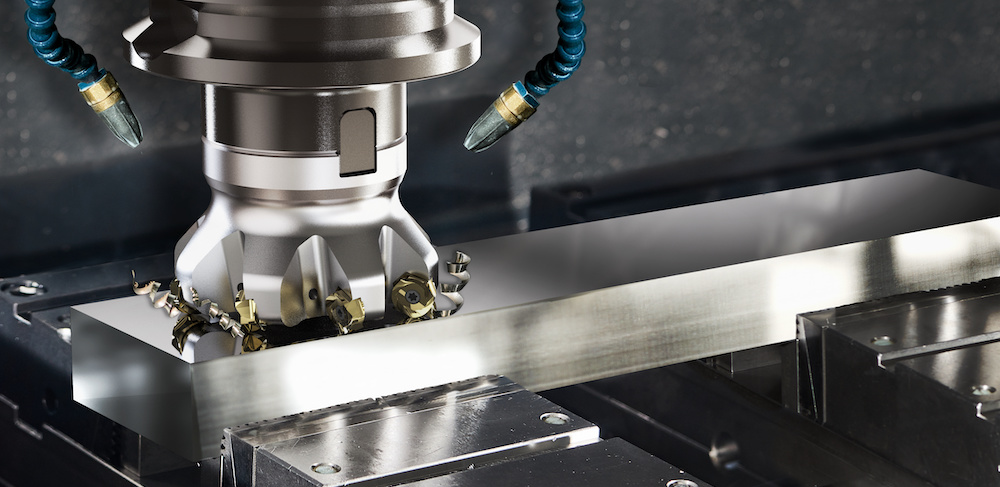
Side Milling
Side milling involves moving the tool up and down to machine the sides of the workpiece, typically using face mills and end mills. This can also be achieved by attaching a side cutter to a horizontal mill. Side milling is primarily used for roughing.
Step Milling
In step milling, the face and side surfaces are milled simultaneously to create a step. This process is used to cut a step from the flat surface machined by face milling or flat milling. Wide surfaces or small steps are best suited for face milling, while narrow surfaces and high steps are best suited for end milling.
Grooving
Grooving is the process of cutting a groove into a workpiece. End mills are commonly used for this process, but slotting machines are also utilized.
After cutting to the required depth with an end mill, the table is moved to form the groove.
A tool called a T-groove cutter can be employed to create a groove with a wide bottom. For instance, it is useful in manufacturing parts that fit into bolts because they require a T-groove shape.
Hole Machining
Hole drilling can also be performed using a drill. A center hole drill is used to create a pre-drilled hole, and then a drill bit is employed to drill to the required depth.
Holes that require positional accuracy from the surface can often be drilled with an end mill. This is because it is easier to maintain positional accuracy when both the surface and the hole can be machined without changing tools.
3D Machining
The basic concept of milling is to move the tool up and down and the workpiece left and right. However, by simultaneously controlling and moving the tool and table with NC, it is possible to machine 3D shapes. This type of machining is called simultaneous 3-axis machining.
Conclusion
Milling is a cornerstone in the manufacturing of custom mechanical components, offering versatility, precision, and efficiency for creating complex shapes and structures. From manual universal mills to advanced automated computer NC mills and machining centers, the choice of milling machine depends on the complexity of the task, and selecting the right milling tool is crucial for achieving desired results. Milling enables the realization of innovative designs, ensuring that custom components meet the highest quality and functionality standards. As technology evolves, milling continues to lead in producing precision parts essential across various industries.
What’s meviy?
On-demand, fast sourcing of quality custom mechanical parts is made possible by meviy.
meviy is one of the most reliable on-demand manufacturing platforms in the US that allows you to get instant quotes for your mechanical parts simply by uploading 3D CAD data. No longer need to create 2D drawings just to quote parts. This platform supports not only manufacturing but also common surface finishes for sheet metal fabrication and CNC machining, including milling and turning, and has saved time for over 160,000 mechanical designers and purchasers worldwide.



